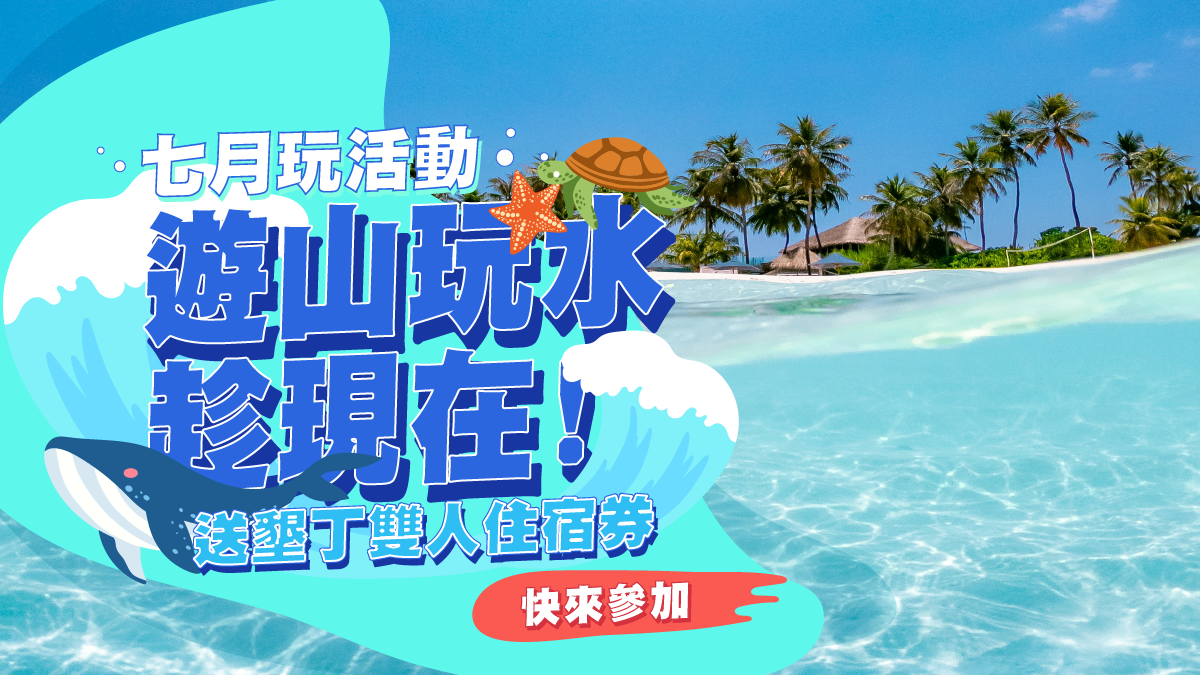http://www.naturodoc.com/library/detox/U-Fucoidan.htm
U-Fucoidan Causes Cancer Cells to Self-Destruct
Japanese researchers discovered that a polysaccharide known as Fucoidan, found in kombu and other types of brown seaweed (wakame, mozuku, and hijiki), causes various types of established cancer cell lines to self-destruct.
What is U-Fucoidan?
About 4 percent of the total dry weight of many types of brown seaweed consists of a polysaccharide known as Fucoidan. Fucoidan is a sulfated polysaccharide that possesses a complex structure. Its chief components include a sulfuric esterified L-fucose, and the trace elements of galactose, xylose, and glucuronic acid.
Working cooperatively, Takara Shuzo's Biomedical Research Laboratories and the Research Institute for Glycotechnology Advancement were able to confirm the presence of two different types of Fucoidan molecules in brown seaweed.
The first type, bearing the name F-Fucoidan, consists mainly of sulfated fucose. The second type bears the name U-Fucoidan, and approximately 20 percent of it consists of glucuronic acid.
Researchers were able to use a technique known as pyridlamination to shed light on the chemical structure of U-Fucoidan.
The biological activity of Fucoidan
Numerous accounts have ascribed to Fucoidan properties such as the ability to act as an anti-contraceptive, to reduce cholesterol levels, and to act as an anti-tumor agent. However, a definitive consensus concerning the precise nature of Fucoidan has still not been reached.
The Biomedical Research Laboratories of Takara Shuzo and the Research Institute for Glycotechnology Advancement have focused their attention on the anti-tumor properties of Fucoidan, and have managed to confirm that this substance causes certain types of rapidly growing cancer cells to self-destruct.
Examples of cancer cell strains where this self-destruct phenomenon was observed include human acute promyelocytic leukemia cells (HL-60 cell line), human stomach cancer cells (AGS cell line), human colon cancer cells (HCT-116 cell line), and cancer cells of the descending colon (SW-480 cell line/WiDr cell line). Moreover, this self-destruction was observed to take place without affecting normal cells. Currently, efforts are underway to clarify the precise mechanism by which this phenomenon occurs.
Some of the reasons which have until recently prevented the formation of a definitive scientific consensus concerning the precise nature of Fucoidan include the fact that it possesses an extremely complex structure, as well as the difficulty of obtaining pure samples of Fucoidan.
The mechanism through which cancer cells self-destruct
In the presence of certain substances, as well as under other unusual environmental conditions, cells may self-destruct and disappear altogether. This self-destruct phenomenon is known as apoptosis. It should be distinguished from necrosis, which is the death of cells directly brought about by external stimuli such as poisonous substances or physical damage to the cell.
Properly speaking, apoptosis is brought about by a mechanism that is programmed into the natural makeup of cells. Organisms activate this mechanism when necessary. Once the apoptosis mechanism has been triggered, the genetic blueprint of the cell (DNA) is rendered useless, through activation of the deoxyribonuclease found within the cell itself. Apoptosis thus can be described as a natural means through which living organisms manage to eliminate harmful cells from their systems.
The significance of this discovery and future prospects
From ancient times (dating from the Jomon era, approximately before the 2nd Century BC onwards), brown seaweed has been a mainstay of the traditional Japanese diet. It is precisely these seaweeds that contain the U-Fucoidan that trigger the apoptosis mechanism described above.
The inhabitants of Okinawa, Japan enjoy some of the highest life expectancies in Japan. Okinawans happen to have one of the highest per capita consumption rates of kombu -- 1 gram per person per day. It is noteworthy that the cancer death rate in Okinawa is the lowest of all the prefectures in Japan.
The average per capita consumption rate of kombu in Japan is approximately 0.5 grams per day. Such a serving of kombu would include roughly 5 mg of U-Fucoidan. In vivo experiments are currently underway to determine the effects of U-Fucoidan within living organisms. If it is confirmed that U-Fucoidan can help bring about apoptosis solely in cancer cells that are multiplying at uncontrolled rates, we would then have within our reach the long-dreamed-of cancer drug -- one that does its job without causing adverse side effects.
海藻Fucoidan「褐藻糖膠」就是海藻 的黏滑成份,臨床實證它具有三種抗癌作用:1「誘導凋亡(Apoptosis)作用」、2「增強免疫力作用」、3「抑制血管增生作用」,由於這三種「抗癌 作用」的提高,能殺滅癌細胞。這些就是海藻Fucoidan「褐藻糖膠」與其他保健食品截然不同的最大特點。因此褐藻糖膠在最尖端治療上備受期待與矚目。
現階段的癌症治療是以化學療法占最大比重,但化學療法所面臨的最大課題莫過於「抗癌劑的副作用」。假使抗癌劑只針對癌細胞發揮作用就沒問題。糟糕的是, 就連正常細胞也會受到侵襲。其中最嚴重的是,會抑制骨髓功能,而降低「免疫力」。因此對於負責治療癌症的醫師而言,最大的課題就是:如何減輕化學療法所帶 來的副作用。
☆華哥觀點★
Fucoidan褐藻糖膠,把Fucoidan奈米化成為藻寡醣!
長期服用保養或是抗癌的聖品!
日本注重養生的國家!
醫生對它都產生驚訝的成果!
你可以長期服用保健身體!
你可以問自已一句話身邊有得癌症的朋友嗎?
你可以分享有關Fucoidan藻寡醣資訊給對方!
你成為對方健康的一個橋樑!



☆謙卑-不退轉的心、勿忘初衷-第8脈輪大總管千手觀音指引華哥訊息★
☆玫瑰園丁-華哥課程導覽手冊 (B) 超值豪華黃金套餐之六★
☆玫瑰園丁-華哥課程導覽手冊 (B) 超值豪華黃金套餐之七★
★玫瑰園丁-華哥課程導覽手冊 (B) 超值豪華黃金套餐之八☆
★玫瑰園丁-華哥課程導覽手冊 (B) 超值豪華黃金套餐之九-1☆
☆玫瑰園丁-華哥課程導覽手冊 (B) 超值豪華黃金套餐之九-2★
☆第三眼二天一夜宜蘭行哈利波特魔法學校工作坊2011年第二十三梯次12/17-12/18!★
☆2011年12月20日(二)台北15次元SKT(Super-KwanYin-Therapy)超級觀音療法班★
☆2011年11月13日星座占星教學、觀音靈氣、臼井靈氣1、2級團體班★
☆2011年9月4日(日)台北15次元SKT(Super-KwanYin-Therapy)超級觀音療法班★
光能中心 嘉年華party 第三梯次 1/23/2011(日)
☆來自天上的禮物觀音靈氣-紫羅蘭火焰靈氣班★
☆華哥-招財發發發班★
能量貼布-疲勞、靈修、靜坐、無力感、燃燒脂肪產生能量、避免負面能量干擾
超讚的刮痧按摩油-(輕鬆識別)刮出水多刮沒出水不用刮
第五次元臼井靈氣一級、二級點化:1萬5左右,黃金套餐,可以2000元優惠,1天時間!
來自天地之間療癒的能量、靈氣蓮花能量流!
1 次5次點化,42天自我淨化期!
降低點化、練習等待時間!更有效率學習臼井靈氣宇宙正面能量!



 ☆華哥因應2012年靈性成長超值豪華黃金套餐★
☆華哥因應2012年靈性成長超值豪華黃金套餐★  ☆神奇工具-波爾風姆斯能量板(外星圖驣拓印下來-充滿力量)★
☆神奇工具-波爾風姆斯能量板(外星圖驣拓印下來-充滿力量)★  ☆大天使神諭卡教學!★
☆大天使神諭卡教學!★ 








 留言列表
留言列表

 {{ article.title }}
{{ article.title }}